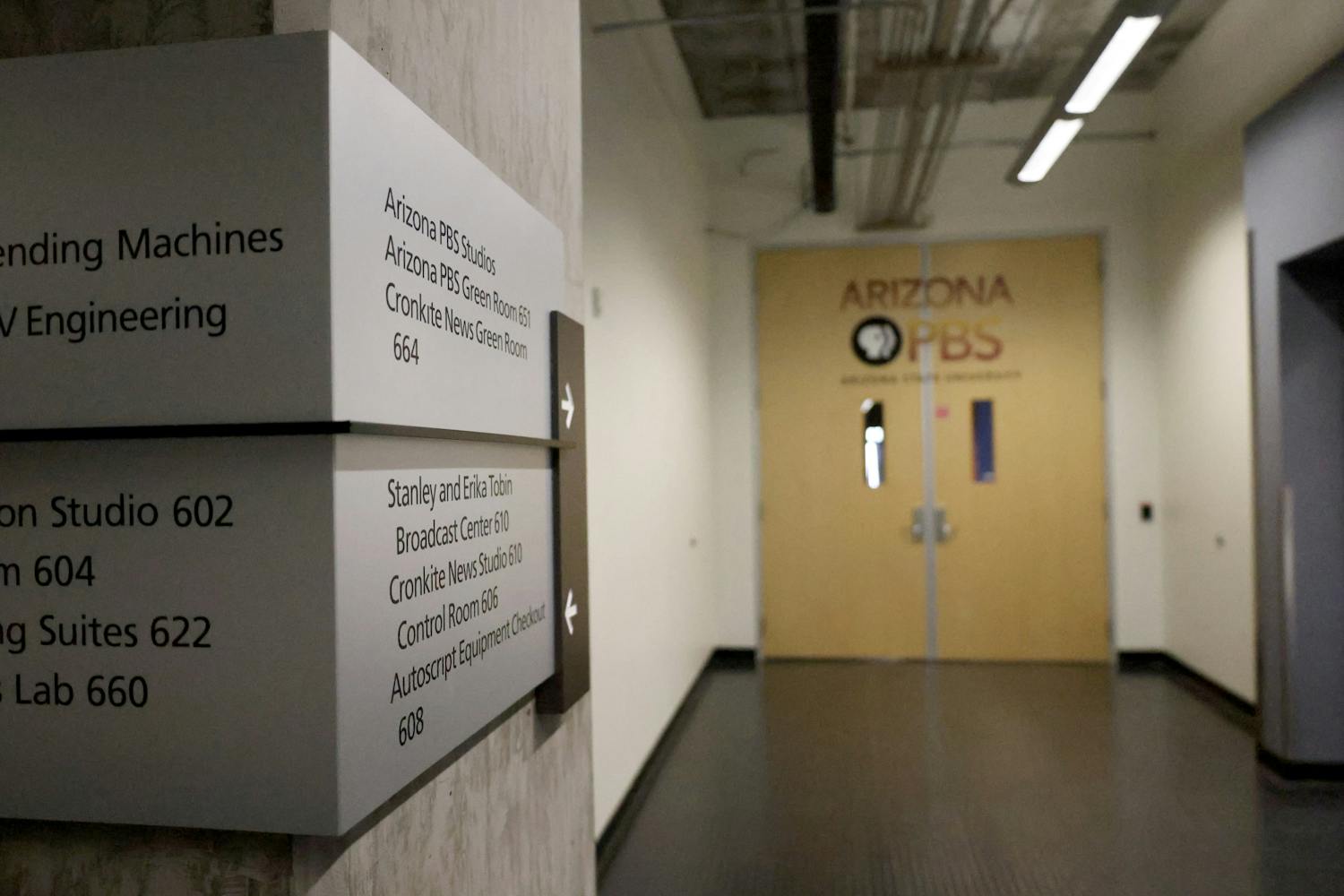"We each need to find our own inspiration, Kiki. Sometimes that's not easy."
Recently, Studio Ghibli-styled art has flooded social media as users use AI tools to generate new images or recreate already existing photos in the studio's iconic style. Though the trend has quickly picked up millions of impressions online, people were left to find the line between appreciating and ripping off art.
On March 31, OpenAI gave ChatGPT a new feature allowing users to generate more detailed photos. The 4o Image Generation provides text-rendering, consistency, in-context learning, world knowledge and more, according to OpenAI.
This update sparked the trend, and soon, even accounts like ASU's Sun Devil Fitness Complex participated. However, these AI-generated depictions of ASU locations were quickly met with criticism from Sun Devils.
Studio Ghibli, a Japanese studio founded by directors Miyazaki and Isao Takahata, and producer Toshio Suzuki, has a distinct 2D animation style that stands out from other animation and anime studios and is both critically and culturally acclaimed.
"(Hayao) Miyazaki's films are incredibly popular, so it's no wonder that fans would want to see themselves and their own worlds depicted in a similar style," said Wendy Williams, an associate professor of English education at the College of Integrative Sciences and Arts, in an email.
Williams teaches the Topic: Studio Ghibli Films class and pointed out how Studio Ghibli's 2020 film "Earwig and the Witch" stands out in the studio's film catalog because of its 3D animation, a step away from the studio's traditional 2D style.
"While advances in technology may be able to alleviate some of the tediousness involved with animating a film, there are also costs associated with taking shortcuts," Williams said. "We are already seeing that with CGI."
She said the film's downfall is its animation, characters, story and dialogue— all "missing the SPIRIT of the Studio"— similar to how AI is being used as a crutch in place of actual art.
"Perhaps AI could potentially generate new animated works in the style of Miyazaki's films someday, but I suspect that those, too, would fall flat," Williams said.
Williams said the trend is a "neat trick" that is neither helping nor harming the studio. However, she said she's less enthused when AI is being used as a substitute for human creativity and expression.
"Sure, AI may be able to generate an image that looks like it was created by a human or that is in the style of a particular artist, and that can be fun and entertaining," Williams said. "However, art without the artist is missing the point."
Hailey Cane, a freshman studying English linguistics and languages, said she understands the sentiment behind the trend, but it's still taking away from the actual art of a creator and "the reputation of the artists."
While AI is not yet at the level to create smooth animation or realistic videos, Cane said anyone can tell when a video is AI, mainly because the content lacks personality and human touch.
READ MORE: OpenAI and the arts at ASU
"It's taking away from actual artists and actual work, and it's taking away academic integrity and making some people decline academically all over because they rely so heavily on AI," Cane said. "But it's not good for the environment in certain ways that it's used."
Maya Coronado-Henson, a freshman studying art education, said the trend should end because, as a fan of Studio Ghibli, she cares about the work that is put in behind the scenes of the movie.
"AI, in general, is affecting a lot of things in life," Coronado-Henson said in a written statement. "When it comes to AI and art, they are not the same thing. The use of AI to create something similar to Studio Ghibli is really disheartening."
Coronado-Henson said anything made with AI is not real art and instead devalues everything art is because "time and love are put into making art."
Animated films are complicated and detailed compositions packed with information from dialogue to audio to visuals. This trend, Williams said, shifts the focus solely to still visual moments and detracts from the full effort and intention behind the art— which she said viewers should make an effort to notice.
"What is amazing about creating a piece— whether art or narrative— is having that initial spark of inspiration, being able to push through obstacles, and using tools to convey ideas with precision and nuance," Williams said. "It's not just the final product that matters but also our own creative journey."
Edited by Andrew Dirst, Sophia Ramirez and Natalia Jarrett.
Reach the reporter at sjames51@asu.edu and follow @sennajames_ on X.
Like The State Press on Facebook and follow @statepress on X.
Senna James is a Managing Editor at The State Press. She is in her 5th semester with The State Press working previously as Community and Culture Editor and Community and Culture reporter.




